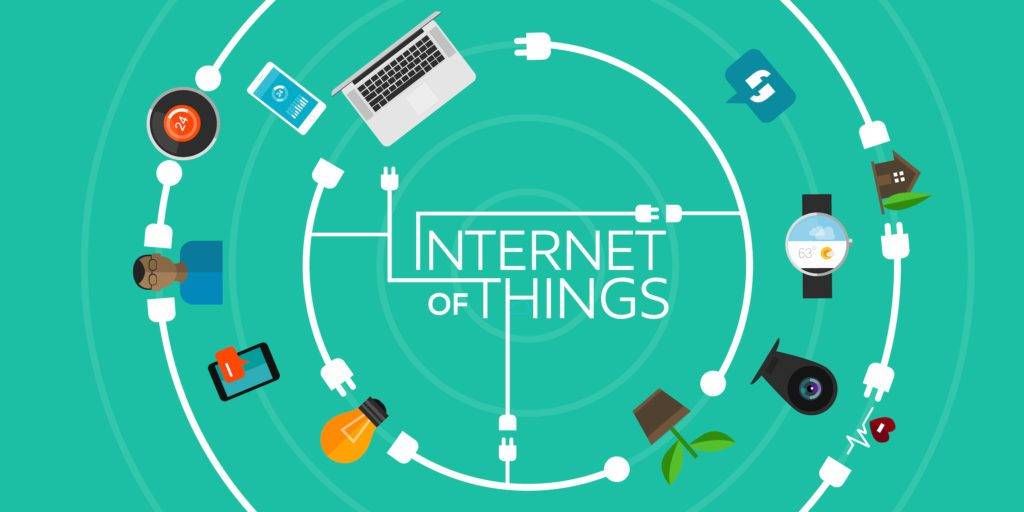Technology has changed the way that users interact with media and content, with users coming to expect content that is directly tailored to their needs and desires. A new wave of content and digital marketing has been brought about by these changes in the way technology is used, from the advent of the Internet to the dominance of social media and the rapid growth of mobile devices.
Many marketers believe that traditional marketing is no longer effective, and in the coming years, it’s likely that technology will continue to play a role in the development of new marketing strategies.
Advertising especially has changed due to these technological changes, with a strong focus on being less intrusive and more focused towards certain demographics and users. Since users want information at their fingertips all the time, many marketing campaigns are moving towards digital content, driving the shift to a mobile-dominated world, for both consumers and marketers.
Understanding and predicting technological trends is a useful strategy for marketers, as it can give them an advantage in developing marketing strategies that make use of new technology while keeping users engaged and interested.
Mobile
Mobile is a tech trend that has already changed the landscape of advertising and marketing, and promises to do so in the future. As users gain more control over what they consume and experience, marketers must continue to identify new consumer-centric advertising strategies. Novel strategies that focus on providing information not only about the “best product” but also “next best action” are gaining traction in the marketing world, and successful advertising campaigns are focusing on informing the consumer, but in a very intuitive and non-interruptive manner.
The Internet of Things
The Internet of Things (IoT), a concept wherein machines or devices can communicate with each other through the Internet without human intervention, is gaining traction in a number of circles, from manufacturing to customer service. Its far-reaching applications can already be seen, from smart home climate control that switches on when it detects your car has left the workplace, to pulling up information on a client that is calling your smartphone at the office.
The IoT provides many exciting opportunities for marketers. It offers not only an additional way of getting demographic and usage information for a variety of client bases, but also an avenue for more personalized advertising in the home. As the IoT takes shape and develops, it is sure to change both the way companies interact with customers and the way customers interact with consumer devices.
Wearables and Augmented Reality
Wearables first became popular as fitness devices, with Fitbit’s impressive sales proving that consumers like to generate valuable data about their daily habits. But wearables are quickly becoming much more than just fitness accessories with the introduction of the Apple Watch and Google Glass.
The main advantage for marketers is the amount of personal data that these devices can provide, allowing them to identify trends and patterns much more intuitively. As analytics increase, it will be much easier to get feedback about the efficacy of marketing campaigns and increase the quality of customer service.
While wearables may still seem far in the future, augmented reality, which refers to real-time, computer-generated input that is superimposed on the real-world environment, is already here. Augmented reality can have a strong impact on digital marketing by improving the ways in which marketers can interact with potential customers beyond simply pushing a strong branding message. Marketers can target consumers more accurately with the data gathered from wearables or mobile devices, allowing them to target their marketing specifically for the consumer unobtrusively. Inbound marketing and experience-driven marketing can benefit the most from augmented reality by allowing consumers to interact with a product in a manner and time of their own choosing.


